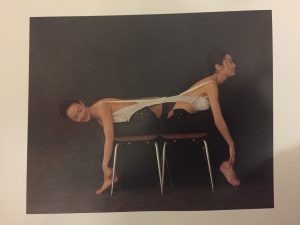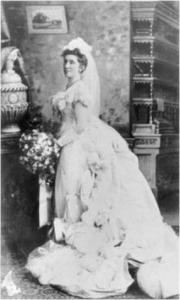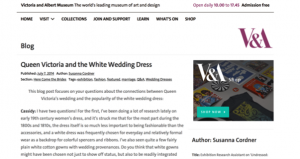The Colour of Fashion, 1992, Stewart, Tabori & Chang
Photograph of Japanese models challenging tradition, produced date unknown, photographed by Kaoru Ijima, Tokyo
This image derives from the view that Japanese fashion traditions should change. Japanese fashion had avoided mature, sexy images that showed flesh. This hiding of the body originated from the kimono tradition. I picked out this image due to its meaning behind the photograph. The photographer is clearly challenging the tradition of covering up the body, as well as symbolising the women’s desires to express their fashion. Connecting the bras is away of showing how their identity is being held back. The colour of the bras is also interesting. White symbolises purity and regarded as a highly spiritual colour. It is really fashionable in japan as well, to wear as underwear. I believe this fashion has derived from the association of white being pure. The fact that the image is of the women breaking out of the white bras, suggests they want to break out of tradition and dress freely without associations. I found the tradition behind colour extremely interesting and wanted to research more into why people wear certain colours on certain occasions.
Photograph of a bride called Lady Forrest, 1876, Victorian styled dress, photographer unknown
Image taken from: www.marryjim.com/en/page/show/id/30/template/history
I then researched into the history of wearing the colour white on your wedding day. Before 1840, a bride would wear any colour the liked on their wedding day. It mainly depended on the fashion of that time and how wealthy their family were. Rich brides in the middle ages commonly wore bold colours with silk, velvet and fur. White dresses only really became fashionable after Queen Victoria’s wedding in 1840. She was not the first monarch to wear white, however the event was photographed and widely published. The colour at the time also didn’t have any symbolism and it was later on given connotations of virginity. Before this blue was meant to represent purity.
Screenshot taken from:
http://www.vam.ac.uk/blog/here-come-brides/queen-victoria-and-the-white-wedding-dress
I then looked at the V&A website to broaden my understanding of wearing the colour white on your wedding day and where it derived from. In my task 2, I learnt that Queen Victoria had started the tradition in 1840 and I wanted to learn about this more in depth. The website states that not only did Queen Victoria create the white wedding dress tradition, she was the first in British history to entirely wear white on her wedding day. The monarchies before her, like Philippa Of England in 1406, wore some white garments on her wedding day, but not entirely white. She made the white wedding dress fashionable for many reasons. One reason was because of the press and how well her wedding photographs were published. The other reason was because of how romantic their wedding appeared to be. She wrote her vows as Albert’s future wife, not as the monarch. She also bordered her train with orange blossom and not crimson, velvet robe of state. This was a romantic gesture to show how devoted she was to have her wedding day about just them. This seemed to touch the hearts of the nation.
Overall, I have developed a firm understanding of colour in fashion and traditions and know how to research my topic in depth, with reliable sources.



